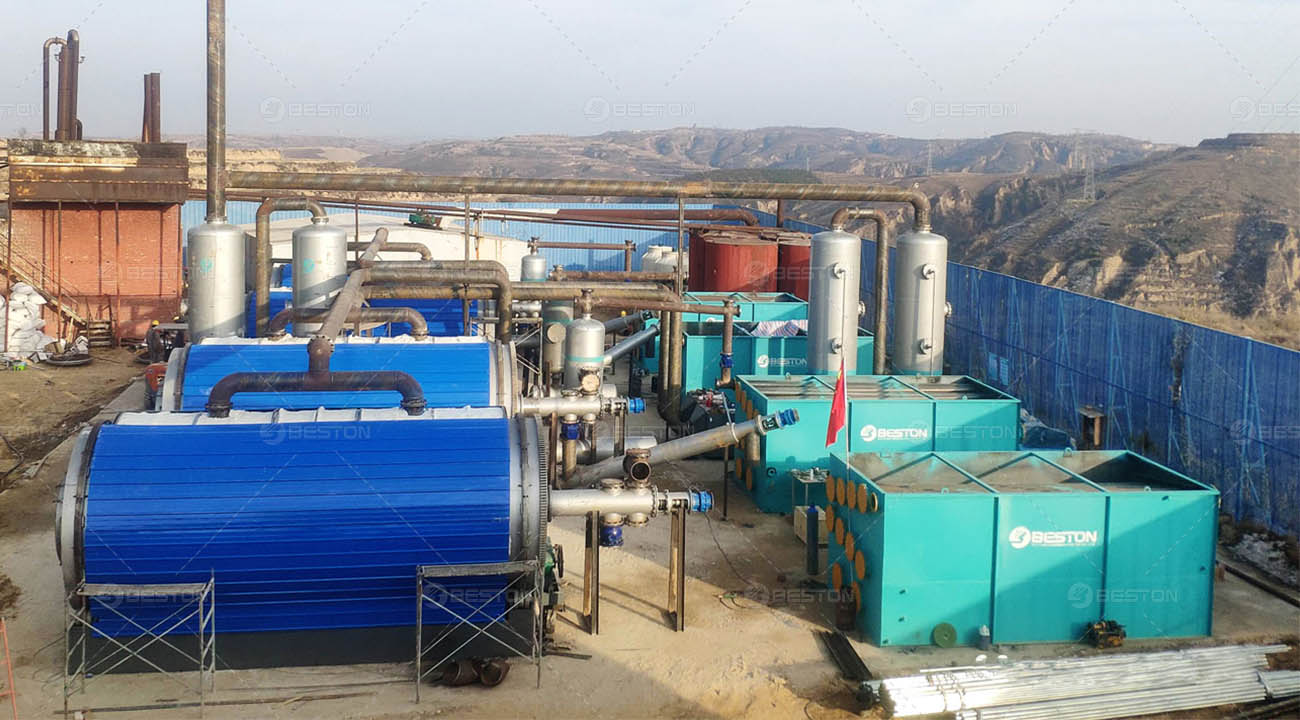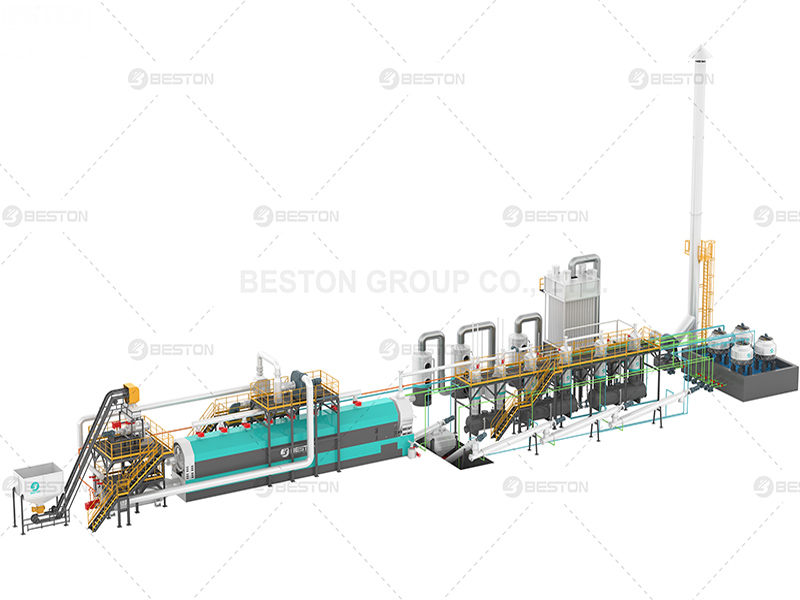Interpretation of the Cost of Tyre Pyrolysis Plant
The global environmental agenda has prompted the exploration of innovative technologies for recycling waste materials, and tyre pyrolysis stands at the forefront of these efforts. This article delves into the multifaceted world of interpreting the cost of a tyre pyrolysis plant, emphasizing the pivotal role it plays in reshaping waste management strategies.
Factors Influencing Tyre Pyrolysis Plant Costs
Technological Complexity
1. Reactor Design and Materials: The choice of pyrolysis reactor profoundly affects costs. Advanced reactor designs and high-quality materials enhance durability but come at a premium.
2. Automation and Control Systems: Automation minimizes labor costs while maximizing efficiency, but it demands a higher upfront investment.
Feedstock Processing
1. Pre-processing Machinery: The requirement for specialized machinery to shred and process tires is a substantial upfront cost.
2. Quality and Quantity of Tires: The cost varies depending on the type and quantity of tires processed, affecting both capital and operational expenditure.
Environmental Compliance
1. Emission Control and Monitoring: Adhering to stringent emission regulations necessitates the integration of costly emission control systems and monitoring equipment.
2. Regulatory Compliance Costs: Expenses associated with obtaining permits and complying with environmental regulations must not be underestimated.
Equipment Costs
Pyrolysis Reactor
1. Types of Reactors: Selection of a tyre pyrolysis plant type, be it batch, continuous, or rotary, greatly influences capital costs.
2. Material Quality and Size: Using high-grade materials for reactor construction enhances longevity but escalates costs.
Distillation System
1. Fractionating Columns: The complexity and size of fractionating columns dictate costs and product yield.
2. Heat Exchangers: Efficient heat exchangers are essential to conserve energy and improve process economics.
Cooling and Condensation
1. Cooling System Design: Proper design, incorporating efficient cooling mechanisms, minimizes cooling costs and enhances overall system performance.
2. Condensation Efficiency: High condensation efficiency maximizes the yield of valuable products, directly impacting financial viability.

Operating Costs
Energy Consumption
1. Heating Sources: The choice of heating source, such as electric, natural gas, or other fuels, influences ongoing energy expenses.
2. Process Energy Optimization: Implementing energy-efficient practices can mitigate operational costs significantly.
Labor
1. Skilled Operators: Skilled personnel are essential for safe and efficient operation, contributing to labor expenses.
2. Maintenance Personnel: Routine maintenance is crucial to prevent breakdowns, necessitating additional labor tyre pyrolysis plant cost.
Waste Handling
1. Handling of By-Products: Proper handling and disposal of by-products like char and steel wires demand investment in appropriate equipment and processes.
2. Disposal and Recycling: Responsible waste disposal and recycling practices add to operational expenses.
Financial Considerations
Initial Investment
1. Capital Expenditure: The initial capital required for purchasing equipment, land, and setting up the plant varies widely.
2. Financing Options: Exploring financing avenues, including loans and grants, is essential to manage initial capital outlay.
Operational Expenditure
1. Raw Material Costs: The cost of procuring tires for processing and other consumables is an ongoing operational expense.
2. Maintenance and Repair: Regular maintenance is vital to prevent downtime and additional expenses.
Return on Investment (ROI)
Production Capacity
1. Daily Throughput: Higher processing capacity can lead to increased revenue, but also raises initial setup and operational costs.
2. Market Demand: Aligning production capacity with market demand is crucial for optimizing ROI.
Market Pricing
1. Tire-Derived Products: Understanding the market prices of end-products like oil, carbon black, and steel is essential for revenue projections.
2. Competition and Pricing Strategies: Market competition and pricing strategies impact profitability; a thorough analysis is required.
Long-Term Viability
1. Sustainability and Growth Potential: Assessing long-term sustainability and potential for expansion is vital for a viable ROI. If you would like to obtain a more detailed input-output assessment based on your actual situation, please consult: https://bestonasia.com/
2. Risk Assessment: Identifying and mitigating potential risks, such as regulatory changes and market fluctuations, is critical for a successful investment in a tyre pyrolysis plant.
In conclusion, comprehending the intricate cost structure of a tyre pyrolysis plant is instrumental in making informed decisions. The investment is not merely financial but environmental, contributing to sustainable waste management and the reduction of carbon footprint.
